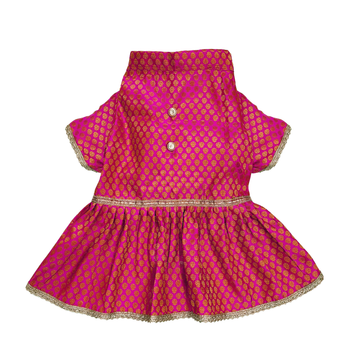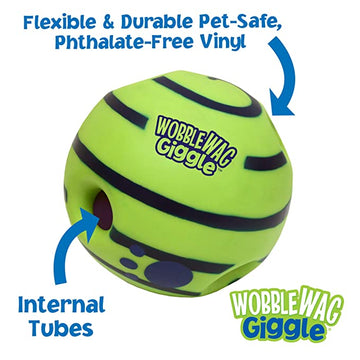Nepolian Mastiff

Nepolian Mastiff
| BreedHighlighs: |
|
The Neapolitan Mastiff is a robust and concerned dog. The body of this gigantic, rather rectangular-looking dog is replete with hanging wrinkles and folds on the head, and a very large dewlap. The wide, flat head is larger than the remainder of the body.
|
| Weight: |
| 74 kg |
| Height: |
|
Male: 65-75 cm Female: 60-70 cm |
| Life Expectancy: |
| 10 yr |
| Litter Size: |
| 6-12 |
| Breed Appearance: |
|
The Neapolitan Mastiff is a giant purebred. It has made its presence felt in the dog world because of being vigilant, liberal, trustworthy, and protective. Black, blue and grey are the major colors in which the Neapolitan Mastiff can be perceived. |
| History: |
|
The Neapolitan Mastiff is one of the Molosser type of dogs, which probably descended from a common stock (whether or not this stock is the Molossus attested in antiquity remains shrouded in an air of mystery.) In spite of being a treasured breed for most of the Europeans for centuries, this type of dog virtually withered away with the cessation of the World War II. Subsequently, the Italian painter Piero Scanziani established a breeding kennel to turn the Mastiff-type dogs of Italy into a formal breed, which was later named the Neapolitan Mastiff, and the English Mastiff was put into application for facilitating this process. |
| Originally: |
|
Neapolitan Mastiff is a direct descendant of the Roman Molossus. While the breed became extinct and paled into insignificance throughout the rest of Europe, it continued to survive in Campania, despite the perils of weather and war. It can, thus, be held that the Neapolitan Mastiff has existed in Campania for about two thousand years. However, it garnered official recognition in the year 1946, and it was not until 1949 that its standard was set. The Neapolitan Mastiff was bred for use in wars and in sanguinary Roman arena spectacles. |
| Currently Used As: |
|
Guard Dogs, Police Dogs, Army Dogs |
| Training: |
|
Obedience training is extremely essential. Teach them to heel on a lead and to go in and out door and gateways after the humans. This breed needs a dominant owner who is alive towards the basic needs of dogs, and is quite capable of controlling them properly. |
| Health&Care: |
|
Vulnerable to cherry eye, hip dysplasia, bloat, pano-ostiosis (joint pain from growth can occur at 4-18 months and usually goes away on its own). Pups are usually born via caesarian section. |
| Living Condition: |
|
The Neo will seamlessly integrate itself into an apartment lifestyle if it is sufficiently exercised. It is quite inert indoors and a small yard will keep it in a pleasant mood. Adopt precautionary measures in warm weather, such as providing shade, water and a cool place to lie. |
| Excersie: |
| Adult Neapolitan Mastiffs need a vast amount of exercise. They should be taken on daily, long walks at least twice a day. While out on the walk the dog must be made to heel beside or behind the person leading the way forward, as in a dog's mind the leader leads the way, and that leader needs to be the human. Teach your dog to enter and exit all door and gateways after the human. |
| Grooming: |
|
These giant, shorthaired dogs are easy to groom. Remove loose, dead hair with a rubber brush. This breed is an average shedder. |
| Pros: |
|
There are countless reasons why people long for a Neo. Dogs of this breed are faithful as well as diligent. They are protective and gentle. They evince a favorable and amiable attitude towards children. Last but definitely not the least, these dogs are considered as one of the best family dogs. |
| Cons: |
|
There are some downsides to owning a giant breed. They come at a premium cost. Additionally, you have to stretch your budget quite a bit for keeping this breed in fine fettle. Giant breeds are inordinately ravenous in nature, and gobble more food than small and medium sized dogs. On top of that, you may need to feed your giant Neo a special diet to properly attend to its joint issues or to eliminate the chances of problems typically associated with an obese dog. |












